10 Easy Ways to Make Your Garden Safe and Fun for Dogs
Designing a garden with your dog in mind can be easy and rewarding. You do not need to compromise on beauty to make it safe for your pet. With the right plants, materials, and layout, you can create an area that both you and your dog will enjoy. Think about their safety and comfort as you plan. Keep reading for ideas to transform your outdoor space into a dog-friendly haven.
This post may contain affiliate links, which helps keep this content free. Please read our disclosure for more info.
Choose Dog-Safe Plants
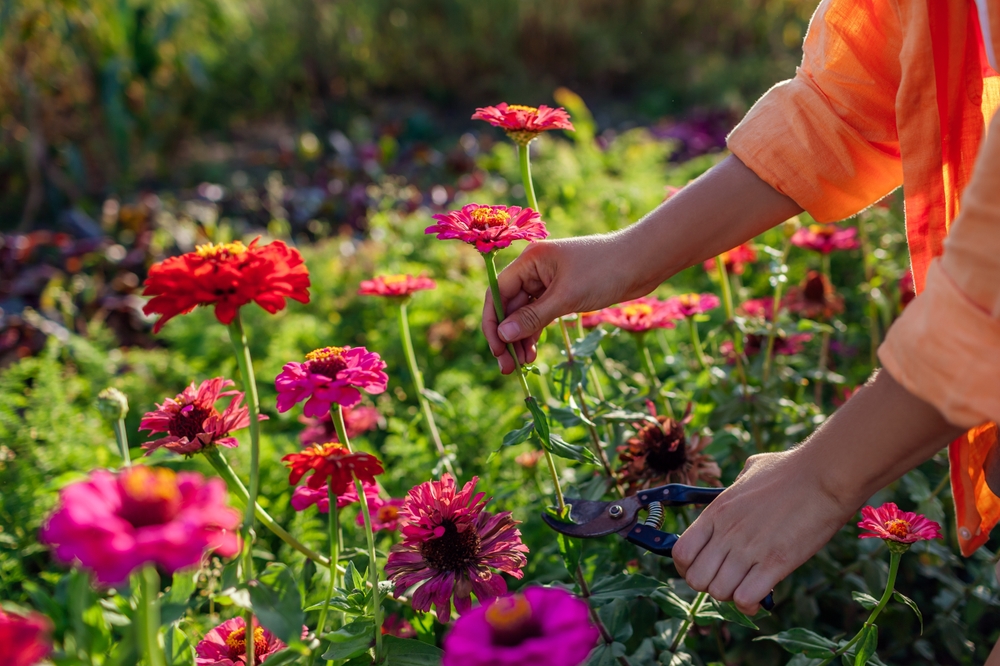
When selecting plants for your garden, it is essential to avoid those that are toxic to dogs. Many common garden plants, such as lilies, azaleas, and daffodils, can be harmful if ingested by your dog. Opt for dog-friendly options like marigolds, sunflowers, and zinnias, which are not only safe but also add a pop of color. Research any new plants thoroughly before adding them to your garden to ensure they pose no threat to your dog’s health.
In addition to choosing safe plants, it is important to consider the overall environment of your garden. Some dogs may have allergies to certain types of plants or grasses, so it is helpful to monitor your pet’s behavior and reactions. Keeping the space free from harmful plants reduces the chance of any mishaps. A little planning goes a long way in creating a safe, attractive garden for both you and your dog.
Install a Secure Fence
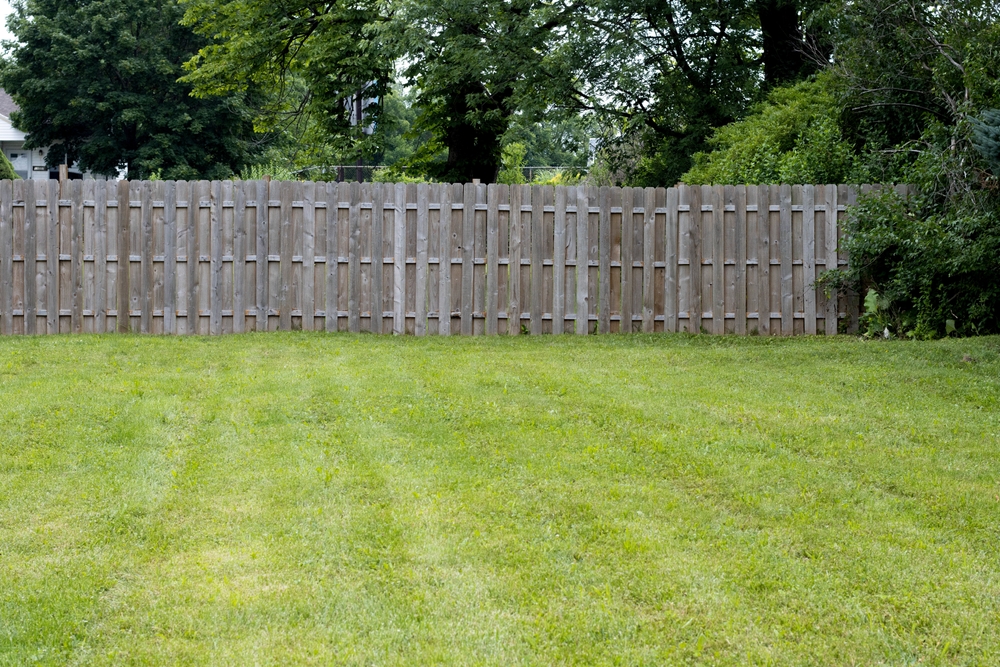
A strong, secure fence is one of the most important elements of a dog-friendly garden. It will keep your dog safe from wandering off and ensure they are protected from potential hazards outside the garden. Make sure the fence is tall enough to prevent jumping and securely anchored to avoid digging under.
Fencing also provides your dog with the freedom to roam and play without constant supervision. It creates a clear boundary, helping your dog understand where they are allowed to go. Regularly check for any wear and tear, as dogs can sometimes cause damage. A well-maintained fence is crucial to keep your garden secure and enjoyable for your pet.
Create a Dog-Friendly Pathway
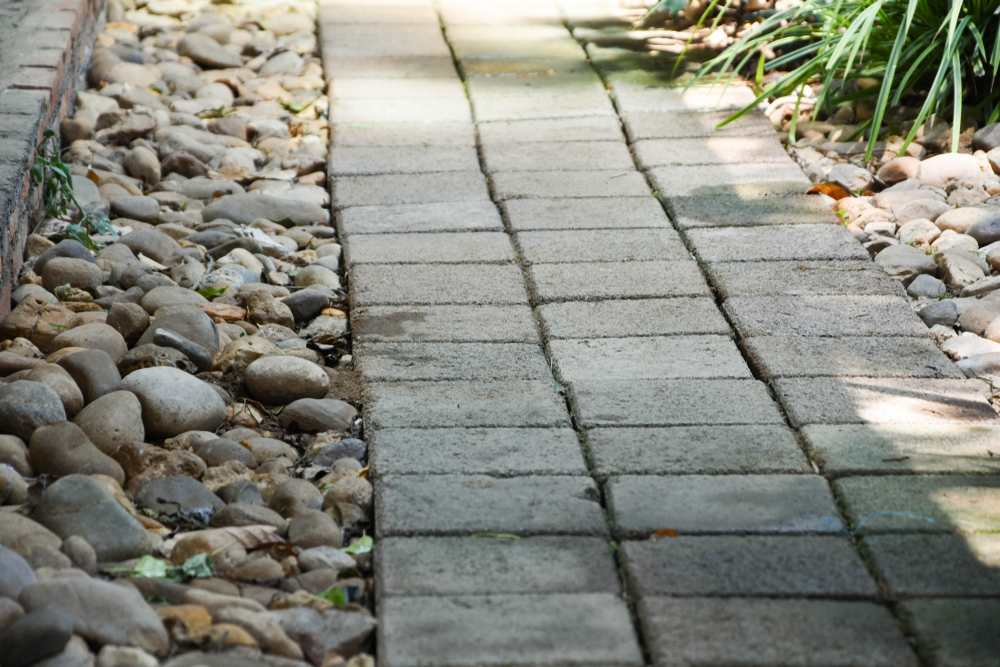
A dog-friendly pathway helps guide your dog around the garden without causing damage to your plants. Consider using materials like gravel, mulch, or flagstones, which are easy to walk on and can handle wear and tear. This pathway will help keep your dog off areas where they might accidentally trample over delicate plants or flowers. It also provides a designated area for your dog to explore and enjoy.
When designing the pathway, think about its width and location. A path that is easy to navigate will allow your dog to move freely through the garden without getting stuck in overgrown areas. A well-placed path also helps create a natural flow in your garden, making it more visually appealing while keeping your dog safe.
Add Shaded Areas for Rest
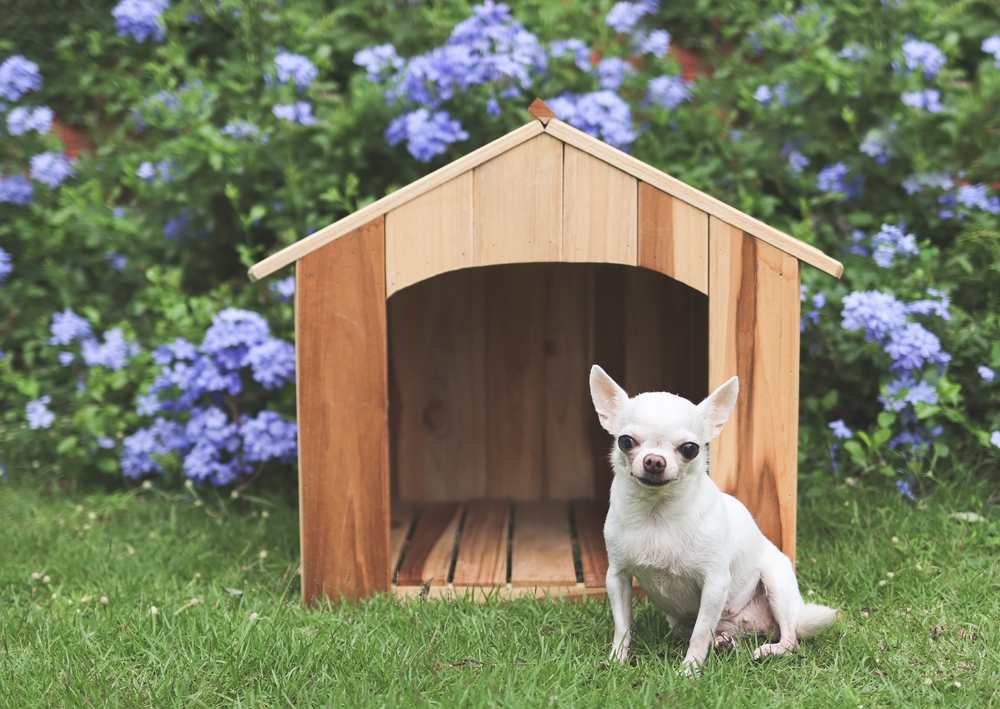
Dogs need a place to cool off, especially during hot weather. Providing shaded areas in your garden can help ensure your dog stays comfortable when spending time outdoors. Consider adding a shaded doghouse, a gazebo, or a canopy where your dog can escape the sun. This will give them a peaceful retreat where they can relax and recharge.
In addition to providing shade, it is helpful to have a cooling mat or a comfortable bed in these shaded spots. Dogs with thick coats can easily overheat, so providing a cool and quiet space is crucial for their health. Shaded areas also protect your dog from prolonged sun exposure, which can lead to dehydration and other heat-related issues.
Provide Plenty of Fresh Water
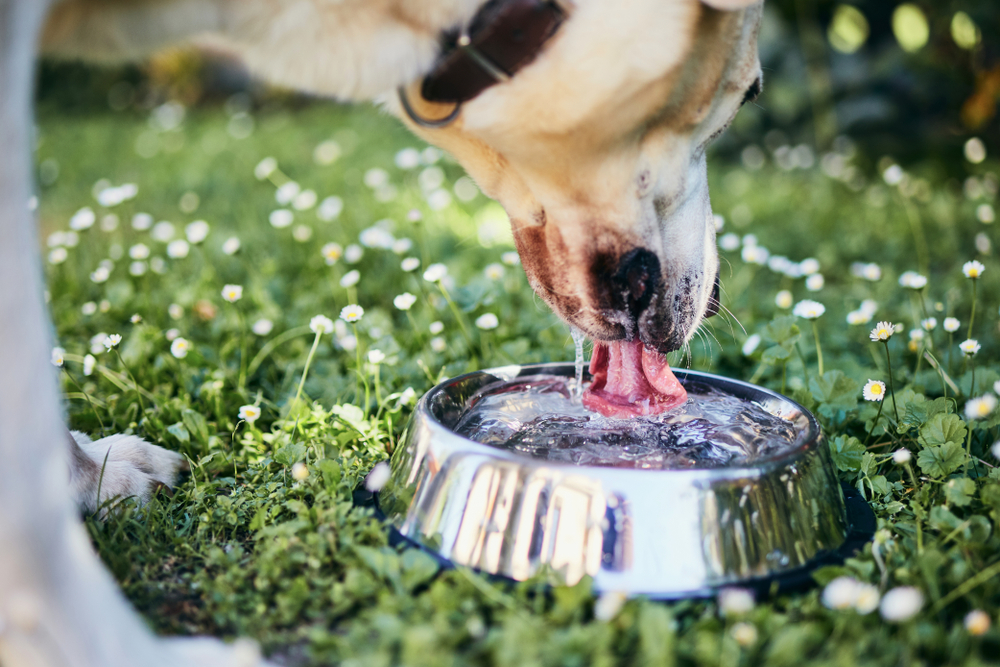
Access to fresh water is essential for your dog’s well-being, especially when they are outside for extended periods. Place a durable, spill-proof water bowl in a central location so your dog can drink whenever they are thirsty. Consider using a water fountain that keeps the water flowing, as dogs tend to enjoy drinking from moving water. Refill the bowl regularly to keep it clean and fresh.
Additionally, during warmer months, it is a good idea to have a backup water source nearby. A second bowl in a different area of the garden ensures that your dog always has access to hydration. Keep the water bowls clean and free from debris by washing them regularly.
Use Dog-Friendly Mulch
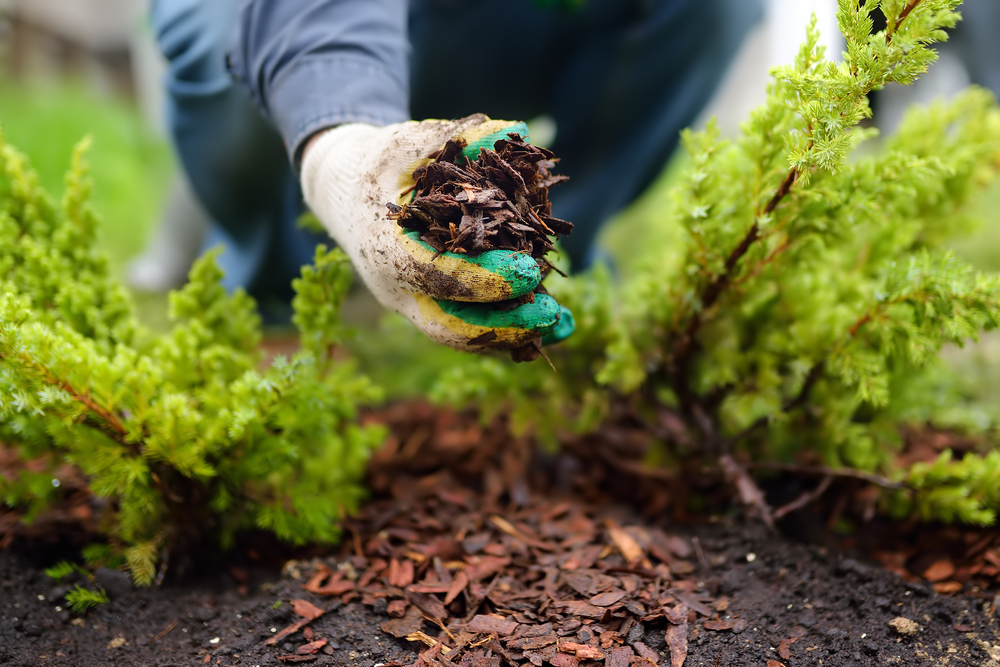
lch can be harmful to dogs, especially if they ingest it. Instead, opt for dog-safe mulch options such as cedar or pine, which are less likely to cause digestive issues. These mulches not only help keep your garden looking neat but also provide a soft surface for your dog to walk on. Avoid using cocoa mulch, as it contains theobromine, which is toxic to dogs.
Dog-friendly mulch can also help retain moisture in the soil, preventing your plants from drying out. It provides a comfortable ground cover for your dog to enjoy without worrying about toxic materials. Additionally, the mulch can help with weed control, keeping the garden space tidy. Regularly replenish the mulch to keep it fresh and comfortable for your dog.
Create a Secure Play Area
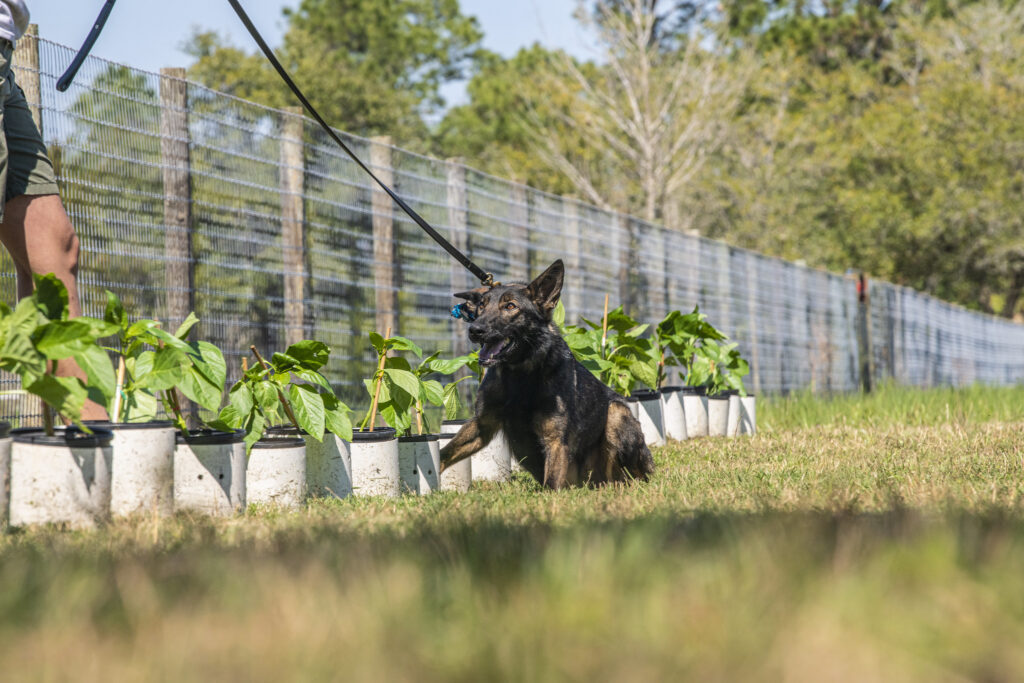
A designated play area can help contain your dog’s energy while keeping the rest of the garden intact. Set up a safe, enclosed space with enough room for your dog to run around and play. You can add toys, agility equipment, or a ball for interactive playtime. This space provides your dog with a fun environment where they can exercise and enjoy their time outdoors.
The play area should be easily accessible, with a soft, dog-friendly surface such as grass or artificial turf. Keep the area free from sharp objects or hazards that could cause injury. Regularly inspect the space to ensure it remains safe and clean. Having a dedicated area for play ensures your dog stays active without disrupting the rest of your garden.
Add Scented Plants for Enrichment
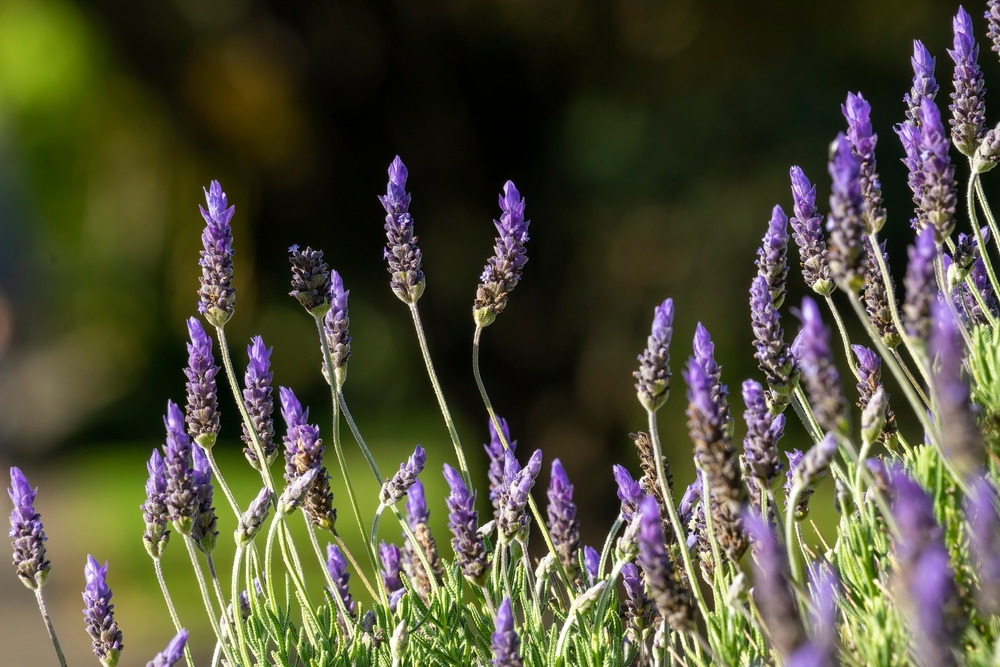
Dogs have a keen sense of smell, and adding fragrant plants to your garden can enrich their sensory experience. Lavender, rosemary, and mint are all dog-safe options that provide soothing scents for both you and your pet. Dogs may enjoy sniffing around these plants, and their calming aroma can create a relaxing atmosphere in the garden.
Incorporating scented plants into your garden also benefits your dog’s mental stimulation. They can explore different areas of the garden, discovering new scents along the way. Not only do these plants provide sensory enrichment, but they also contribute to the overall beauty of the garden. Consider planting them in areas where your dog loves to roam to maximize their enjoyment.
Avoid Harmful Chemicals
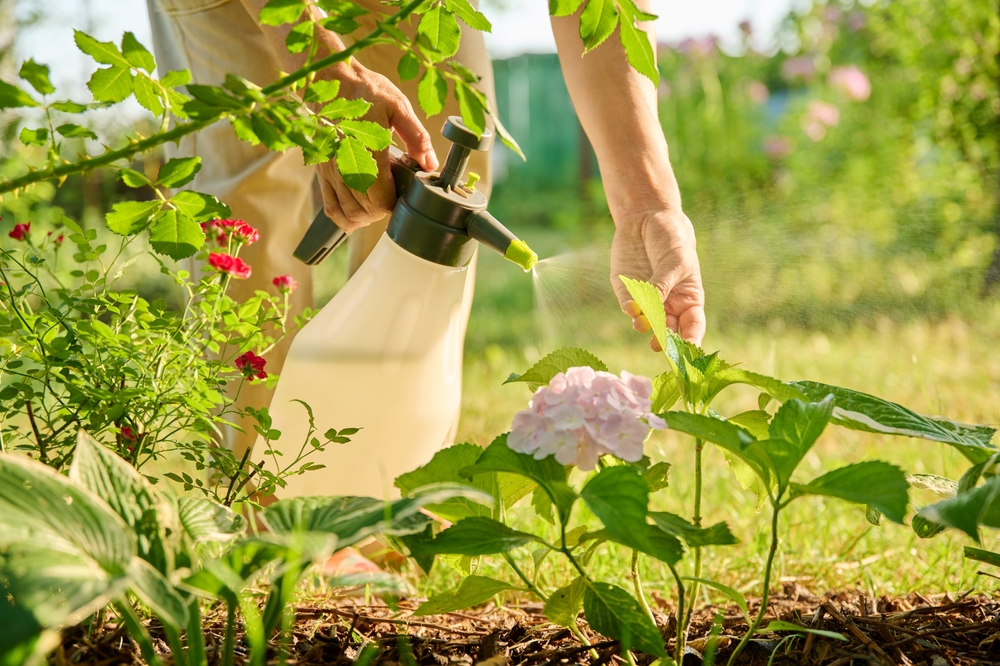
Many garden chemicals, such as pesticides and fertilizers, can be toxic to dogs. To create a safe environment, choose natural or organic products that will not pose a risk to your pet. You can also use non-toxic alternatives to deter pests, like diatomaceous earth or neem oil.
In addition to avoiding harmful chemicals, it is helpful to store them in a secure location away from your dog’s reach. Always follow safety instructions when using any garden treatments. By opting for natural products, you can protect both your plants and your dog’s health. A chemical-free garden ensures peace of mind and a healthier space for everyone.
Designate a Potty Area
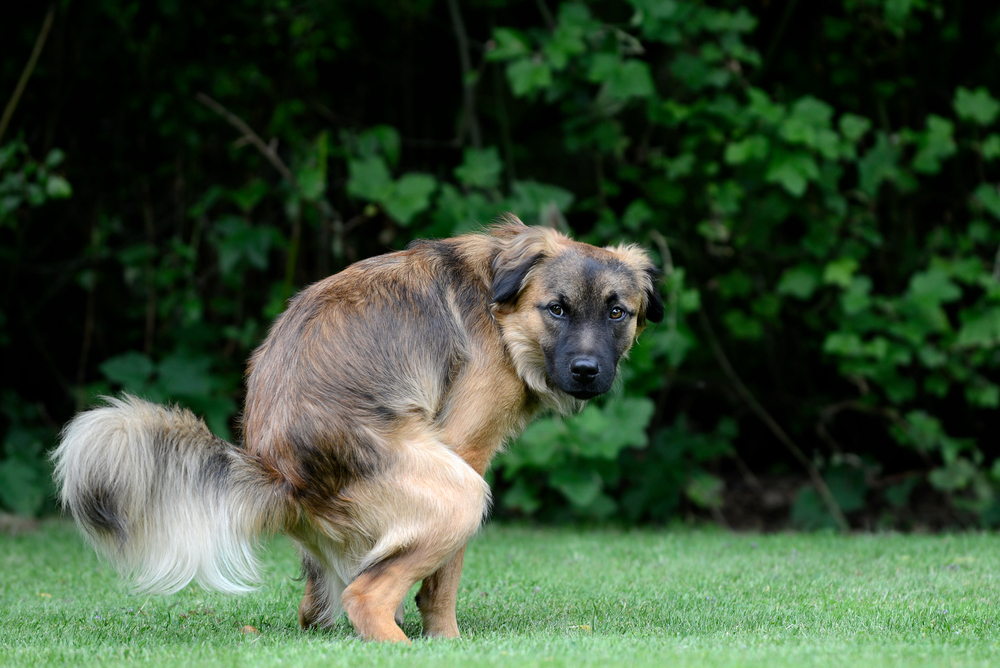
Having a specific potty area for your dog helps maintain a clean and tidy garden. This area should be far from any high-traffic areas or places where you grow edible plants. Use gravel or mulch for easy cleaning, and train your dog to use this designated spot. It makes cleaning up after your dog much easier.
Incorporating a potty area also keeps the rest of your garden free from waste. Make sure to pick up waste regularly to keep the area clean and odor-free. The potty area should be easily accessible, especially during rainy days. A designated potty area helps maintain the beauty of your garden while providing a convenient space for your dog.
This article originally appeared on Avocadu.
